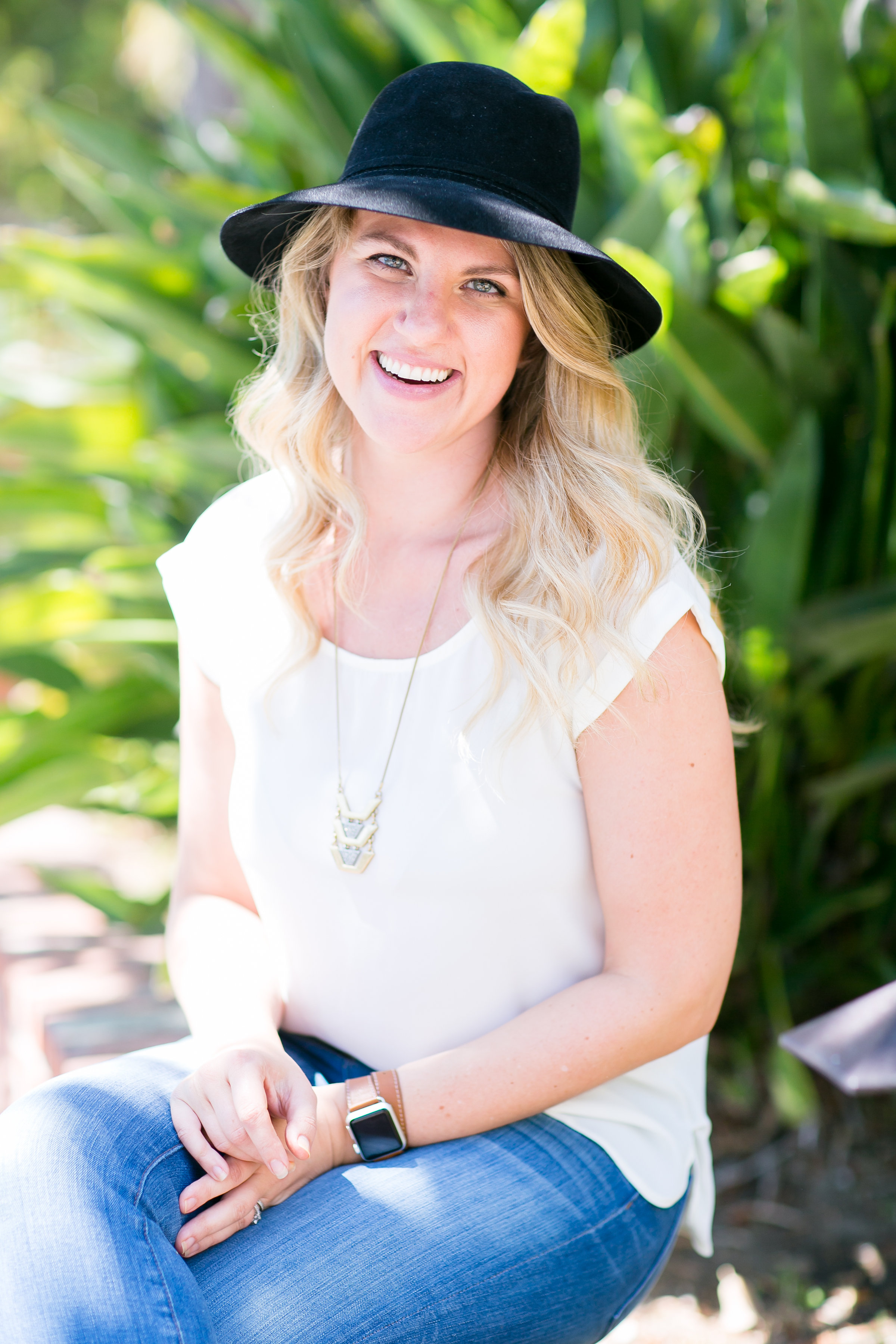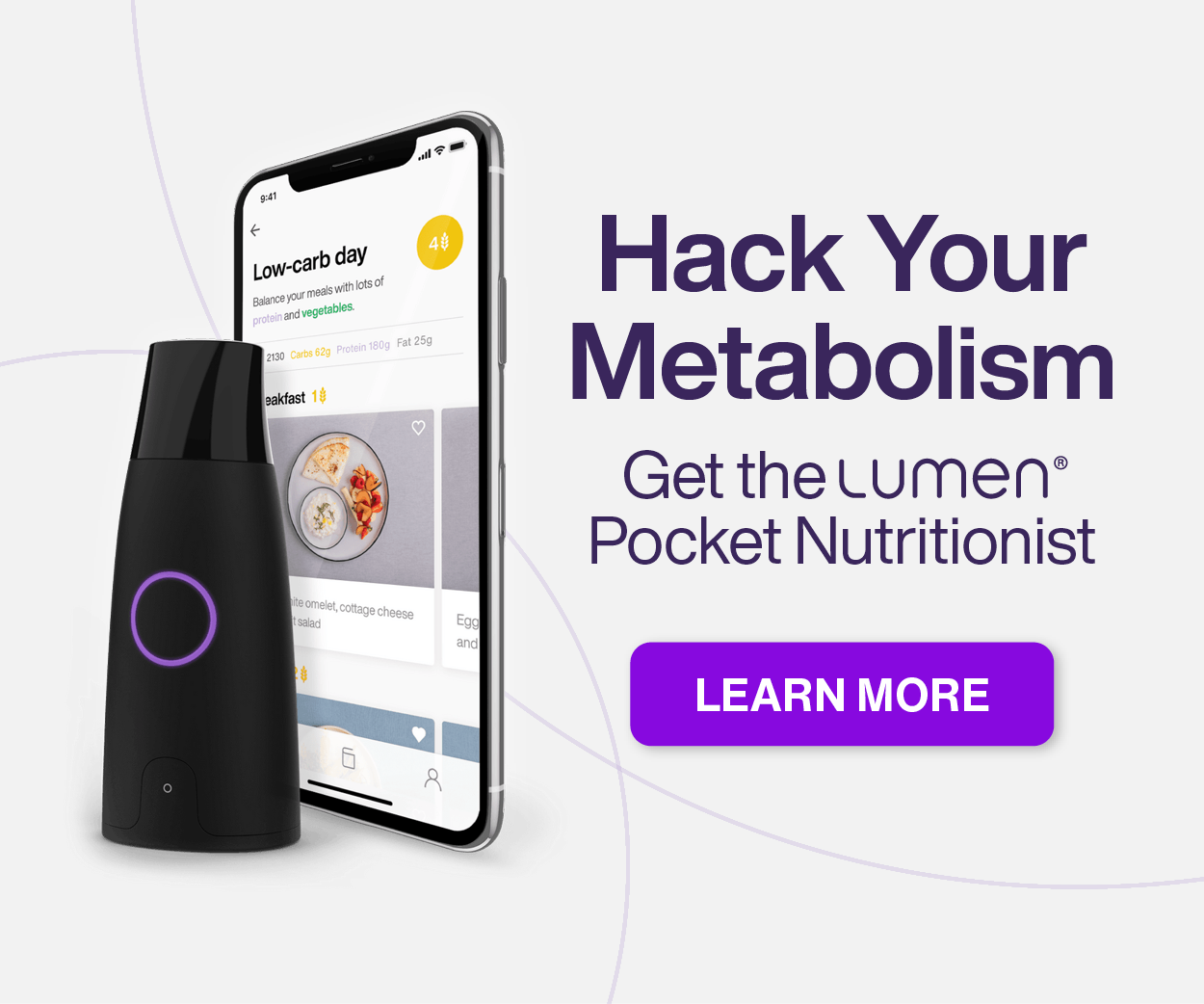Check out the post I wrote for Metromoms.net, just in time for Halloween!
 Halloween stands out as the season for eating unhealthy, gut-busting treats and a real challenge for health-conscious parents whose children are surrounded by peers and media enticing them with sweets. As a certified holistic health counselor, I know it takes an insane amount of willpower to be surrounded by all that candy and not partake; and of course, who wants to be that lame parent who puts the kabosh on sweets?
Halloween stands out as the season for eating unhealthy, gut-busting treats and a real challenge for health-conscious parents whose children are surrounded by peers and media enticing them with sweets. As a certified holistic health counselor, I know it takes an insane amount of willpower to be surrounded by all that candy and not partake; and of course, who wants to be that lame parent who puts the kabosh on sweets?
But fear not! As with everything food-related, there are always healthier, while still yummy, choices to make. Follow these 5 tips to ensure that this year’s Halloween doesn’t spell a diet breakdown for you, or a weeklong sugar rush for the little ones.
- Be a chocolate purist. When selecting the sweets to hand out (which invariably equals what sweets you’ll have sitting in your pantry, taunting you for weeks to come), opt for candy that is mostly made up of dark chocolate. For example, Hershey’s Dark Chocolate Kisses (20 cal. each), Hershey’s Special Dark Chocolate Miniatures (40 cal. each) and York Peppermint Patties (140 cal. each) tend to have way less calories than their milk chocolate or caramel and nougat-filled counterparts. Plus, you’re getting a bit of a health benefit from the antioxidants in the dark chocolate. Need that milk chocolaty goodness? Go for a Three Musketeers Fun Size Bar, which, thanks to its airy insides, packs only 63 calories!
- Don’t taste the rainbow. Avoid all those brightly colored candies that are full of toxic artificial flavors and colors. Ever notice how you can’t eat just one of those little “fruity” suckers? Which makes them major calorie bombs – 10 little Starbursts have over 200 calories (and zero nutritional value). Instead, opt for chocolate-based candies, which are less likely to have tons of chemical additives. And if you’ve gotta have some fruity love, go for Natural Sunkist Fruit Gems, which are made with all-natural ingredients and colored with fruit and vegetable juice.
- Don’t stock your faves. I know this sounds crazy, but don’t buy a huge bulk-sized bag of your number one favorite candy. You’ll have tons leftover, and it’ll be that much harder for you to resist overindulging. Instead, pick up a few bags of candy that you (and your kids) are pretty ambivalent about, which means the only candies you’ll be fighting over are the ones your kids brought home.
- Consider the alternative route. Remember that one weird house in your neighborhood that gave out bizarre candy no one had ever heard of? They were probably the family that was doing yoga and biking to work way before it was cool. Be a trailblazer and order up some healthier treats from NaturalCandyStore.com, which has delicious candy that fit every ethos and health concern out there, from vegan and gluten-free to sugar-free and organic. Unreal Candy is a new company that makes healthier, versions of popular candy (M&M, Milky Ways, Snickers & Reese’s Peanut Butter Cups) with no high-fructose corn syrup, partially hydrogenated oils, artificial flavors and colors, or GMO ingredients! Best of all, they’re available at CVS and Target!
- Set the rules, and stick to them. A great rule of thumb to keep your kids from turning into psychotic sugar monkeys for the entire week after Halloween is to set some reasonable rules around candy consumption. Lead by example by following the rules yourself. Select a certain amount of candy to keep, and take the rest to share at school or the office — a great way to weed out the bad guys above. Also make sure to set a limit of how much candy everyone gets per day. For example, one piece of candy after dinner keeps the Halloween spirit alive much longer, and keeps everyone from getting pimply and plump.
—
Natasha Uspensky, CHHC
Holistic Health & Nutrition Counselor
NU Health & Wellness






























